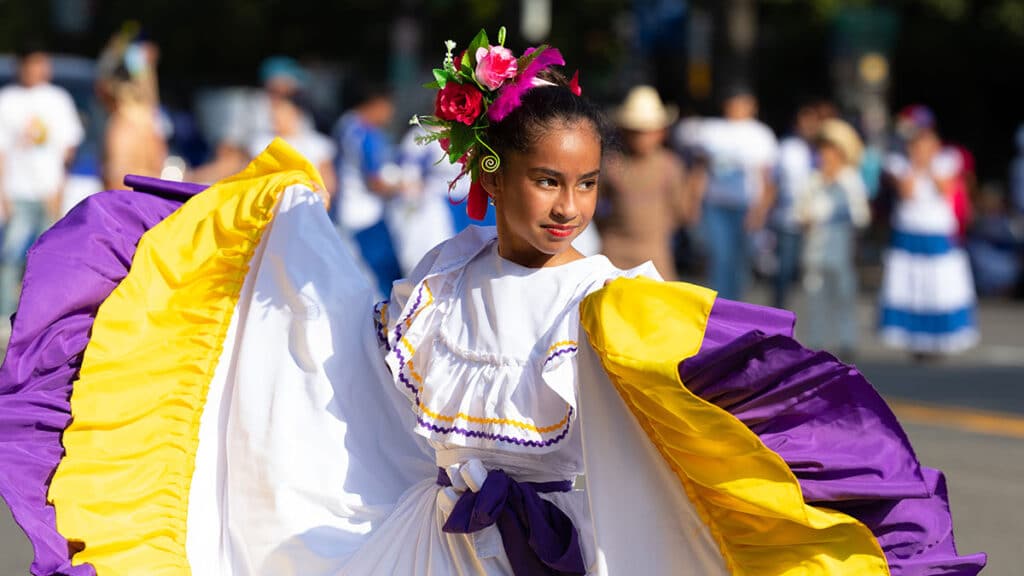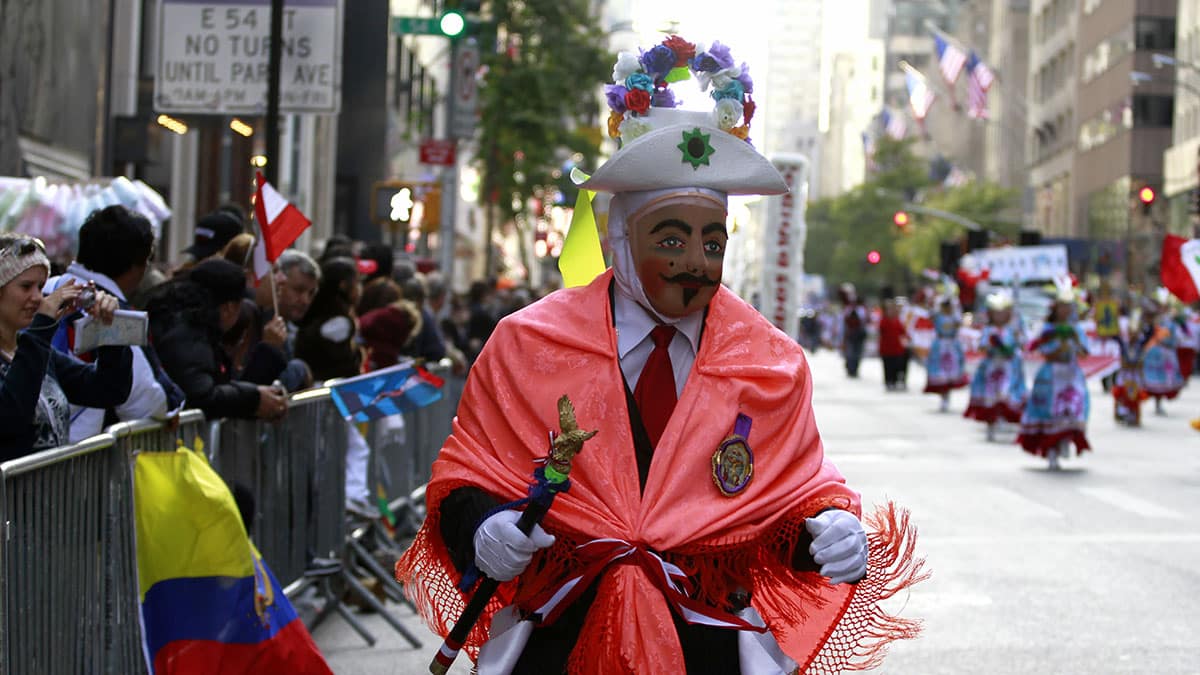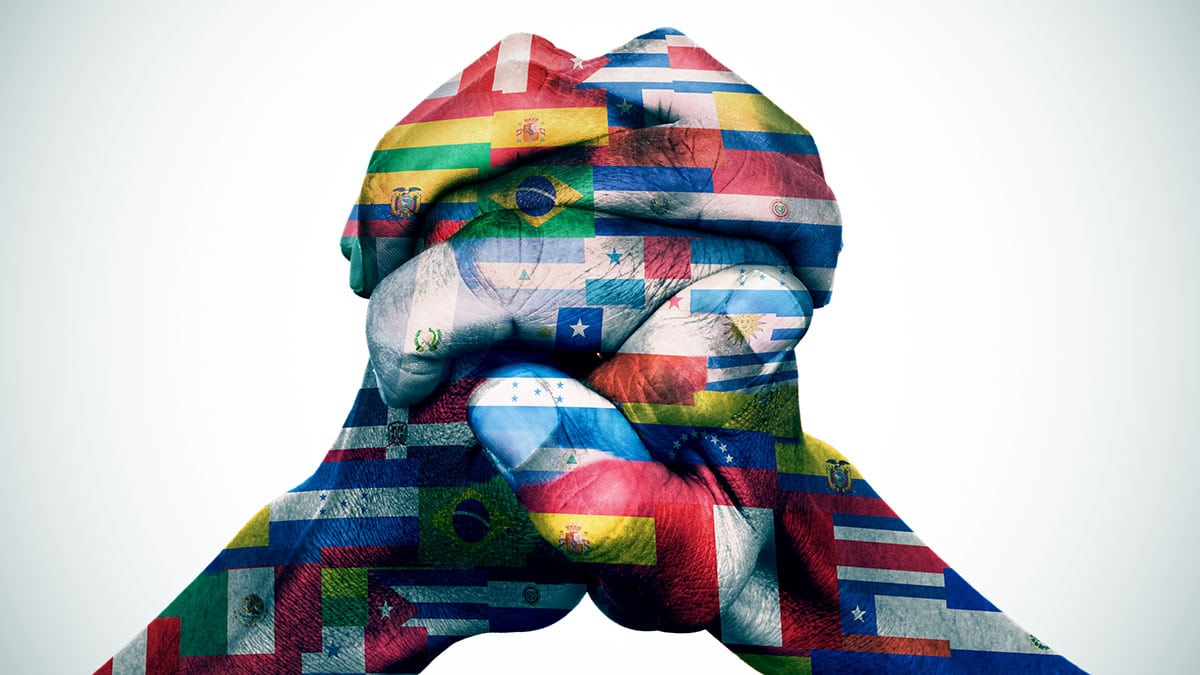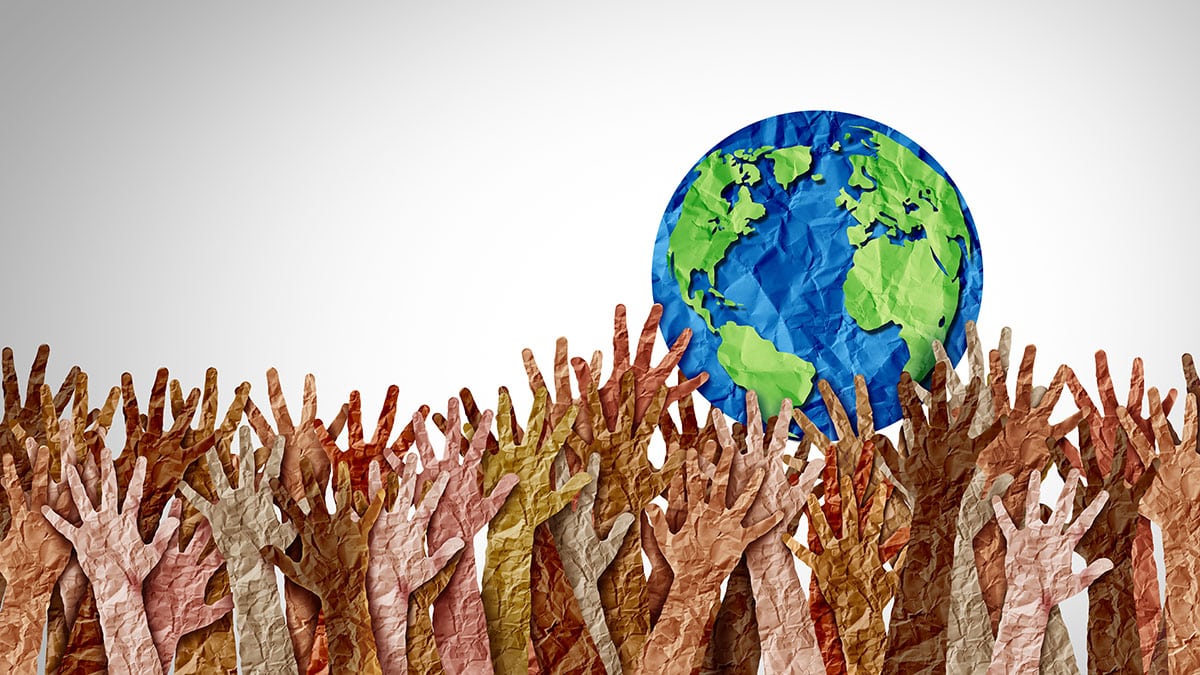Honduran Culture in New York City includes the Central American Independence Parade. New York’s Garifuna community is Honduran. 🇭🇳
New York City Wine and Food Festival (NYCWFF) Fundraises for God’s Love We Deliver Out of Brooklyn This Year, Oy Vey
BROOKLYN
North 🇺🇸 🇨🇷 🇬🇹 🇭🇳 🇲🇽 🇵🇦
Caribe 🇨🇺 🇩🇴 🇯🇲 🇵🇷 🇹🇹
South 🇦🇷 🇨🇴 🇪🇨 🇵🇪 🇻🇪
Africa 🇬🇭 🇪🇹 🇲🇦 🇿🇦
Asia 🇨🇳 🇮🇳 🇱🇧 🇯🇵 🇵🇭
Hispanic Day Parade NYC Desfile de la Hispanidad New York Celebrates the Culture of 20 Hispanic Countries on Fifth Avenue
FIFTH AVENUE Midtown/Midtown East, Central Park/Upper East Side, Manhattan 🇦🇷🇧🇴🇨🇱🇨🇴🇨🇷🇨🇺🇩🇴🇪🇨🇸🇻🇬🇹🇭🇳🇲🇽🇳🇮🇵🇦🇵🇾🇵🇪🇵🇷🇪🇸🇺🇾🇻🇪
Junta Hispana is a Hispanic Product Sample Fair with Family Entertainment
FLUSHING MEADOWS CORONA PARK, Queens 🇦🇷 🇧🇴 🇨🇱 🇨🇴 🇨🇷 🇨🇺 🇩🇴 🇪🇨 🇸🇻 🇬🇹 🇭🇳 🇲🇽 🇳🇮 🇵🇦 🇵🇾 🇵🇪 🇵🇷 🇪🇸 🇺🇾 🇻🇪
Hispanic Heritage Month in New York City 2024
A meditation on what it means to be “Hispanic” in America today.
🇦🇷🇧🇴🇨🇱🇨🇴🇨🇷🇨🇺🇩🇴🇪🇨🇸🇻🇬🇶🇬🇹🇭🇳🇲🇽🇳🇮🇵🇦🇵🇾🇵🇪🇵🇷🇪🇸🇺🇾🇻🇪
New York Honduran News
Honduran New York City

New York has Honduran communities in the West Bronx, Central Islip Long Island, and New Jersey. There is a vibrant Garifuna community in Crotona, The Bronx.
Honduran Film in NYC
- The Havana Film Festival New York often screens some Honduran film.
Honduran Government in NYC
- The Honduran Consulate is in Manhattan’s Garment District. 🇭🇳
Honduran Music in NYC
- Aurelio Martínez & the Garifuna Soul Band play in NYC. 🇭🇳
Honduran Parades in NYC
- The Central American Independence Parade and Festival is a celebration of Honduran Garífuna culture in The Bronx. 🇭🇳
- Manhattan’s Hispanic Day Parade usually has Honduran marchers.
- The Queens Hispanic Parade usually has Honduran groups.
Honduran Culture
Honduras is a Mestizo country, meaning it is an Indigenous culture with Spanish colonial influences. Being a Caribbean nation, it has African Diaspora culture too, especially represented in its Garífuna community.
Garífuna People
The Garífuna are a proud Afro-Carib people from Saint Vincent and the Grenadines. The colonizers couldn’t defeat them, so in 1797 many were exiled to Roatan Island in Honduras.
Garífuna culture has persevered endless colonial nonsense and remains strong today.
Honduran Dance
The traditional Honduran folk dance is punta, the Garifuna courtship dance. It’s a hip dance that recalls women’s coming-of-age dances in many communities in Mother Afrika. It’s name comes from Punta Gorda, Roatan, Honduras, where the first Garifuna were exiled in 1797.
The dance is ritualized lovemaking, but more than anything, punta is a community gathering similar to a Taíno areíto, Native American powwow, and New Orleans Congo Square. That means there is storytelling, drumming, singing, and dancing, buying and selling, and looking for love. It’s what communities used to do after work, and in some places, still do.
Punta can be festive or religious. The drumming has that droning sound which is a marker of religious ceremony, and traditions that are more African than European. You also hear the caracol (conch shell) which you also hear in Haitian raga and Dominican gaga.
The dance is unique, but will be familiar to dancers of Cuban rumba guaguancó and Puerto Rican bomba. Generally a man and woman enter the community dance circle. The core movement is the hip rotation that American dancers call Cuban motion. The two dancers play a courting game like two chickens in the ring.
When men or women dance alone, they sometimes play a flirty game with the lead drummer, just like in Puerto Rican bomba and Cuban guaguancó. It’s pretty cool.
Holy Week
During Holy Week, like in most Latin countries, half the country goes to church, and the other half goes to party out in nature.
Comayagua, Choluteca, Copán, and Intibucá are famous for their Holy Week processions. People make beautiful sawdust carpets along the procession’s path.
Patron Saint
Our Lady of Suyapa, “La Morenita” is the patron saint of Honduras.
Honduras
The Republic of Honduras is a mountainous Central American country with large Caribbean and smaller Pacific coastal plains. It is a biodiversity hotspot.
The capital is Tegucigalpa in one of the central valleys. San Pedro Sula, in the northeast, is the second city.
Most Hondurans speak Spanish with some Garifuna, Mískito, and local Indigenous languages.
Indigenous Peoples
Honduras had ancient Mayan culture at Copán and other sites. It still has many Indigenous communities.
Indigenous culture is more Mesoamerican in the west, and more Isthmo-Colombian in the east. Lenca are the largest Indigenous community.
Colonizers
Spanish thieves started coming around in 1502, and began war in 1524. They took regional control by 1539, but never fully conquered the people.
Africans
After decimating the Indigenous Peoples first with European diseases and then by working them to death, Spaniards brought trafficked Africans, mostly from the Kongo region of Central Africa.
The first Garifuna arrived in 1797.
Independence
Honduras gained independence from Spain with other Central American countries in 1821, and from Mexico in 1823. After many attempts to create a union of regional countries, Honduras declared full independence in 1838.
Americans Were Bananas
American fruit companies (now Chiquita Brands International) and the U.S. government completely corrupted Honduran politicians to receive exploitive business concessions. The Americans made lots of money, but the Honduran people got very little.
The Americans used workers from the English-speaking Caribbean because they had no base from which to fight back or run away from the abuse. There were seven American military incursions between 1903 and 1925.
The many American interventions in the Caribbean and Latin America are a stain on American history.
Regional Wars and More Americans
Border tensions with El Salvador turned into war in 1969. It ended quickly, but started a period of instability with hurricanes and regional wars partly caused by Americans hunting communists until 1999.
Things are better now, although the migration and trafficking routes to the United States destabilize all of Central America.
Agricultural Economy
Major exports include coffee, bananas, and shrimp. There is beginning to be some light industrial development.




